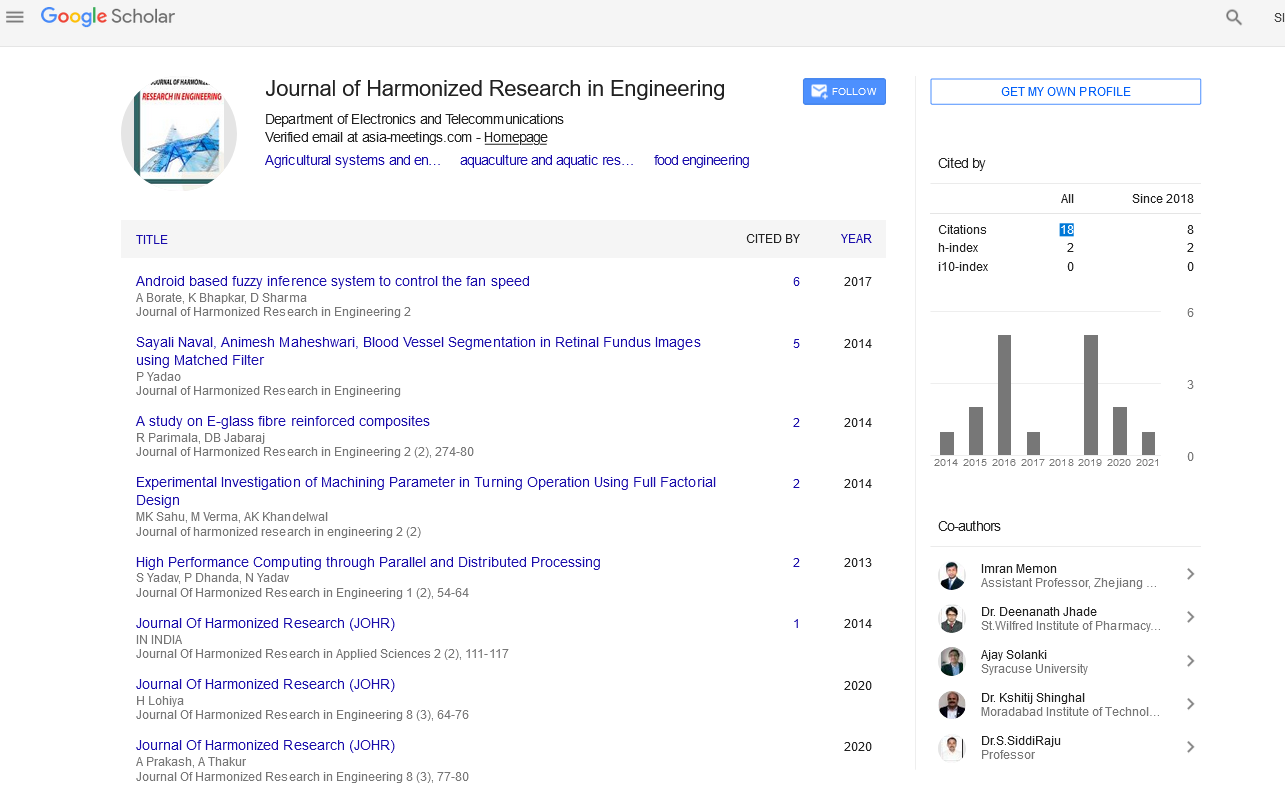ANALYSIS AND EVALUATION OF INLET MANIFOLD AUTOMOBILE PROTOTYPE
Abstract
Author(s): Devashish Batwe, Dinesh Dube, Ashish Kumar Khandelwal
A case study of Inlet manifold of engine is taken here to demonstrate the method. While working on this objective the aim will be to reduce the lead time required for tooling required for t he conventional block-type investment casting process. There are strong incentives to reduce costs while increasing speed and accuracy in the current market. RP is an ideal method when the components are complex in shape because it substantially compresses the time for developing prototypes, patterns and tooling. This method is even more promising on cost and time front. The capabilities to fabricate freeform surfaces, inbuilt cores, projections and supports are the unbeatable strengths of RP processes. The use of benefits in terms costs have proved that the adoption of RP technology is techno-economically justifiable for the Indian manufacturing industries. Rapid Prototyping have proved to be a cost-effective and time efficient approach for development of pattern making, thereby ensuring possibility for technology transfer in Indian manufacturing industries.In this paper a problem of manufacturing of new products is described. It requires inter alia making a prototype with conventional or advanced technologies. Prototype can be fabricated with use of rapid prototyping techniques.

Google Scholar citation report
Citations : 43
Journal of Harmonized Research in Engineering received 43 citations as per google scholar report









